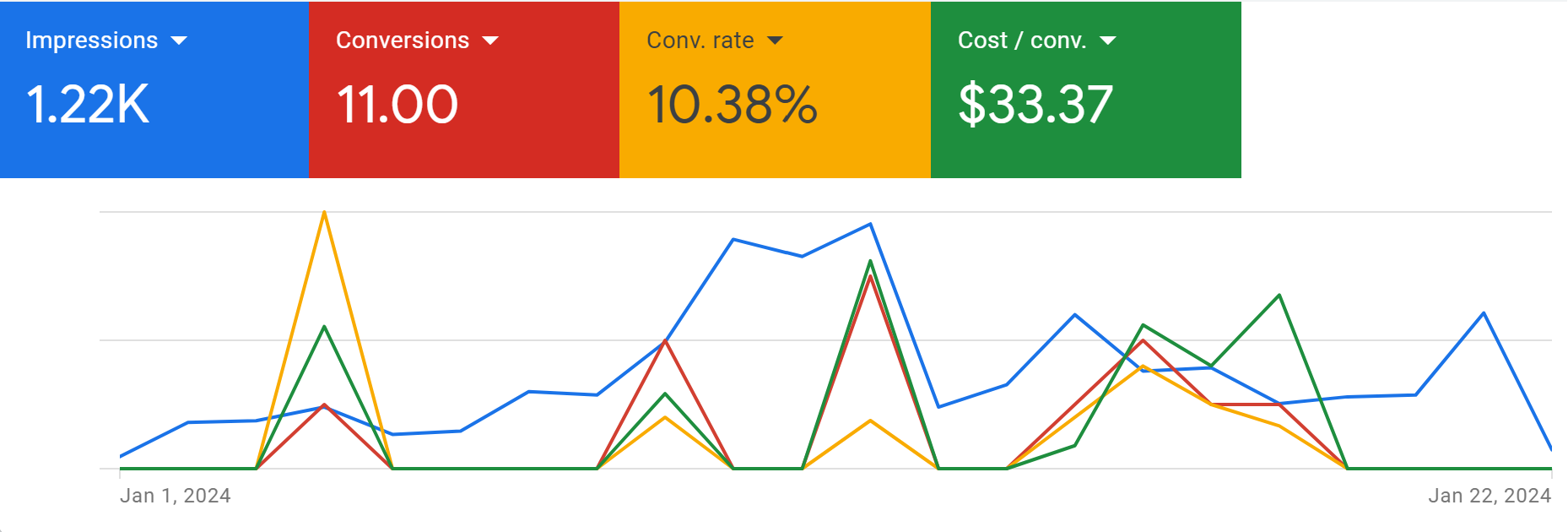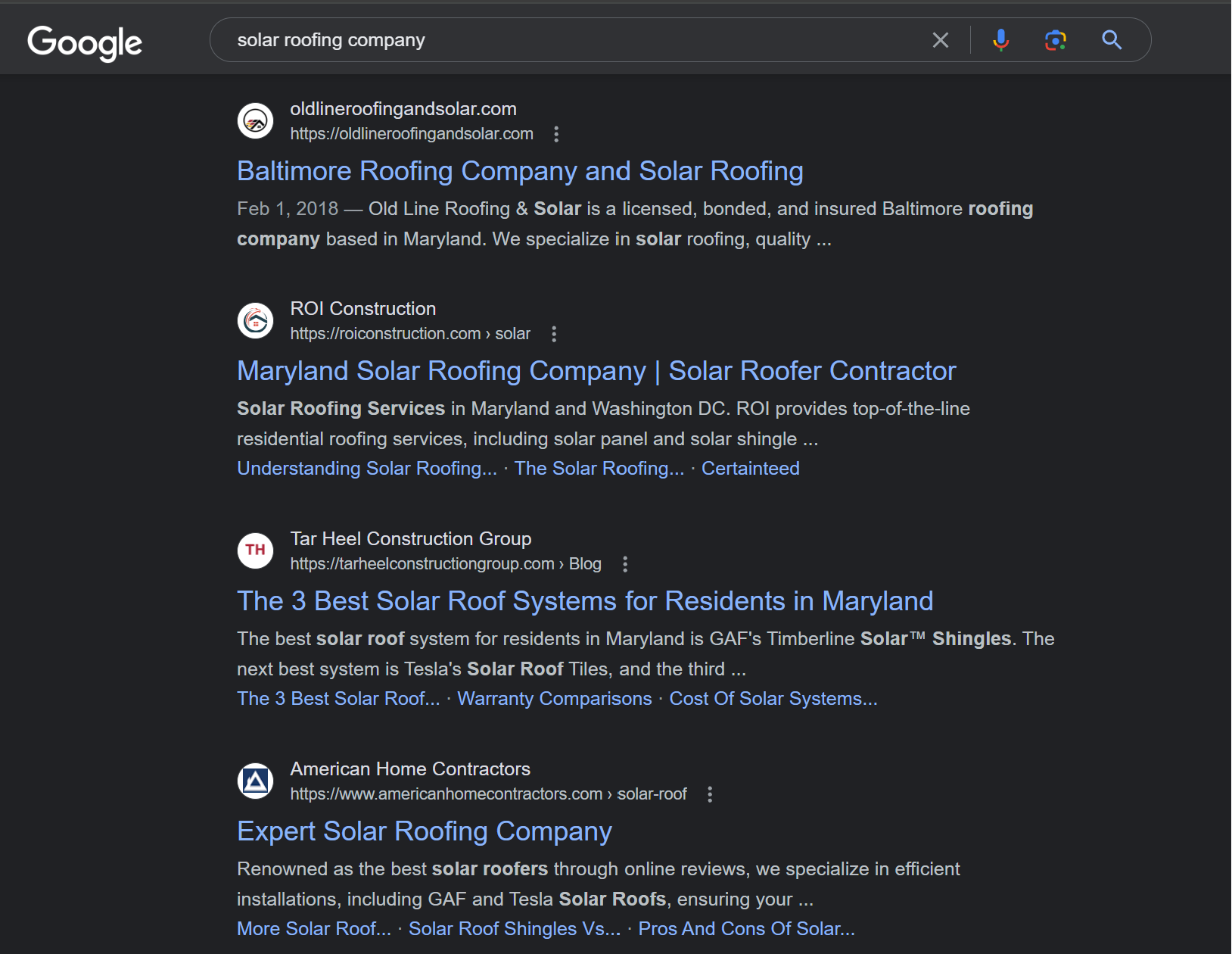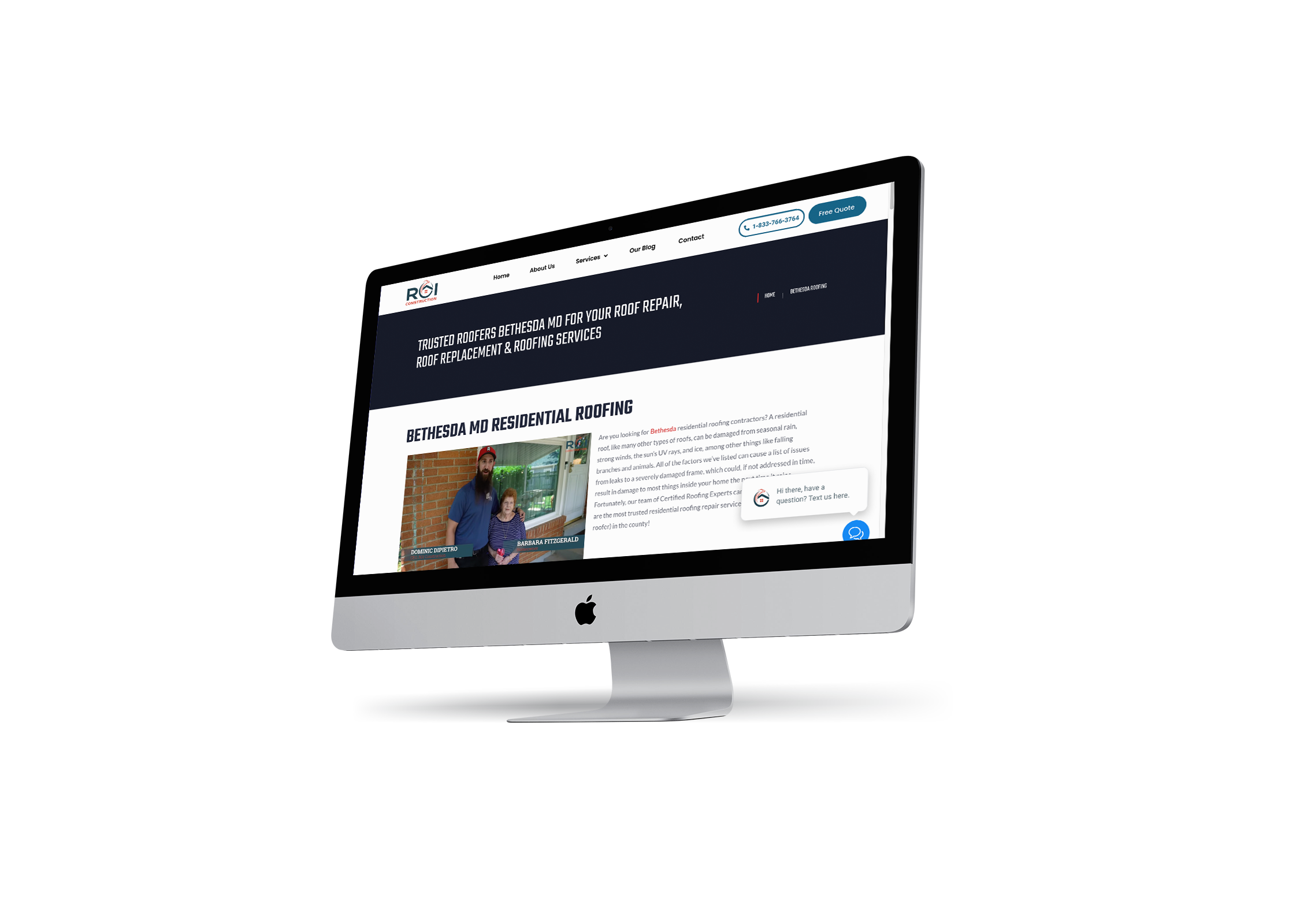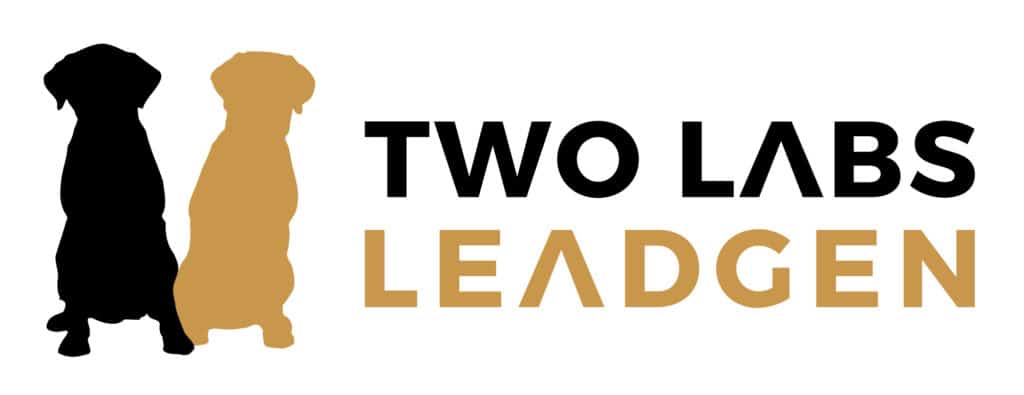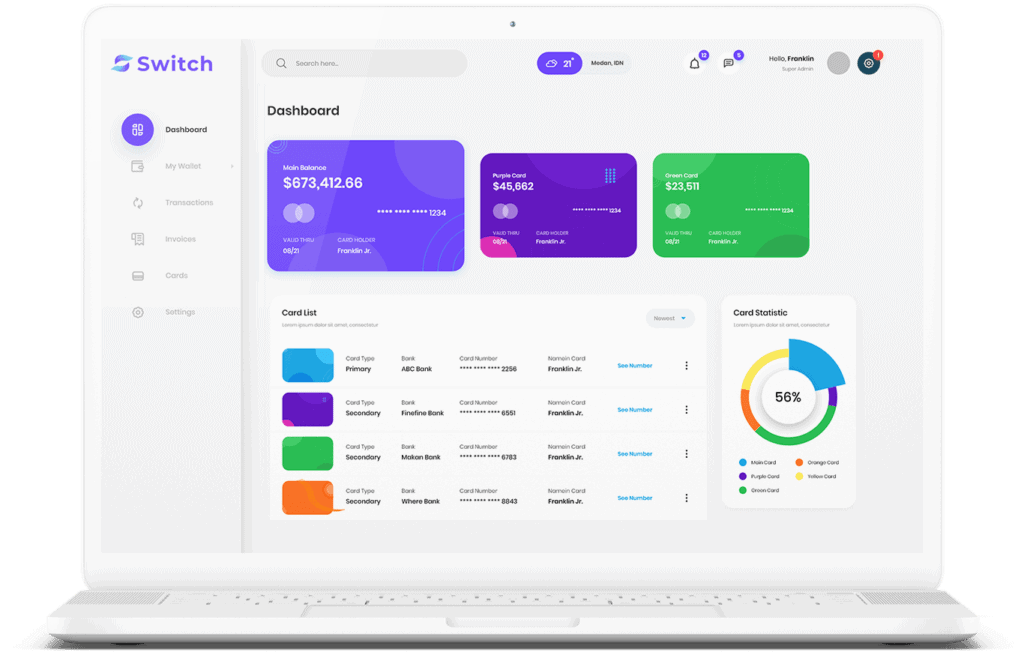You’re eager to perfect SEO for your interior design webpage, right? Now, it’s the perfect moment to delve into the craft of refining keywords. We’re ready to highlight the significance of keyword exploration, the necessary tools, and the ways to apply your discoveries. Be prepared for an enlightening case study as well. It’s all about making tactical choices that will enhance your site’s online presence. Let’s aim to land your webpage on Google’s premier page, shall we?
Key Takeaways
- SEO is important for making your interior design website more visible to people searching for your services.
- Keyword research and strategic incorporation of keywords in your website’s content can improve its visibility and search engine rankings.
- Tools such as Google Keyword Planner, SEMRush, AnswerThePublic, and Ahrefs can help identify relevant keywords and track their performance.
- Strategic placement of keywords within your website’s content, meta descriptions, alt tags, and header tags can enhance your SEO strategy.
Understanding SEO for Design Websites
To effectively optimize your interior design website, you’ll need to brush up on your understanding of Search Engine Optimization (SEO). SEO basics for beginners aren’t as daunting as they seem. It’s all about making your website more visible to people who are looking for your services via search engines like Google.
Start by researching keywords related to interior design. Think about what potential clients might type into a search engine when looking for an interior designer. These terms should be strategically incorporated into your website’s content, title tags, and meta descriptions. Don’t stuff your content with keywords though; search engines penalize this practice.
Developing design-specific SEO strategies is also key. This could involve featuring high-quality images of your design work, using alt tags to describe these images, and ensuring your website is mobile-friendly. Google values websites that provide a good user experience, so a clean, easy-to-navigate site will rank higher.
Importance of Keyword Research
In your quest for a successful online presence, understanding the importance of keyword research for your interior design website can’t be underestimated. Keyword relevance in interior design is critical to ensure that your potential clients can find your site easily and that it ranks well on search engine results pages.
Analyzing the competition’s keywords is a strategic step in this process. Not only does it provide insights into what’s working for others, but it also helps you identify gaps that you can exploit. With this knowledge, you can craft your content and SEO strategy more effectively.
Here’s a simple table to illustrate the points:
| Importance of Keyword Research | How it Affects Your Website |
|---|---|
| Ensures relevancy | Improves website visibility |
| Understands user intent | Enhances content strategy |
| Analyzes competition’s keywords | Identifies gaps for exploitation |
| Increases website traffic | Boosts business growth |
| Improves website ranking | Increases credibility and authority |
Tools for Identifying Relevant Keywords
Often, you’ll need to leverage certain tools to effectively identify relevant keywords for your interior design website. Keyword tracking tools and long tail keyword identification are essential strategies in your SEO toolkit.
Here are four key tools to master:
- Google Keyword Planner: This tool provides insights into the search volume of keywords, and competition, and even suggests new ideas. It’s a fundamental tool for your initial keyword research.
- SEMRush: SEMRush is a versatile SEO tool that includes keyword tracking. You can monitor your keyword rankings, discover new opportunities, and track your competitors’ keywords.
- AnswerThePublic: This tool is excellent for identifying long-tail keyword opportunities. It displays questions and phrases that people use in search engines related to your primary keyword, providing you with a vast array of potential keywords.
- Ahrefs: Ahrefs is another robust SEO tool. Its keyword explorer provides extensive data about keyword difficulty, search volume, and more. It also offers a keyword-tracking feature.
Mastering these tools will significantly enhance your SEO strategy, making your interior design website more visible to your targeted audience. A strategic approach to keyword identification will pave the way for increased traffic and higher conversion rates.
Implementing Keywords on Your Website
Once you’ve identified a substantial list of potential keywords using the aforementioned tools, it’s time to strategically implement them on your website to enhance visibility and attract more of your target audience. This process is vital in boosting your organic traffic enhancement efforts.
Firstly, let’s focus on your keyword placement strategies. A common mistake is stuffing keywords into every corner of your website. However, this can deter visitors and even lead to penalties from search engines. Instead, place your keywords strategically within your website’s content, meta descriptions, and alt tags. Remember, it’s about integrating them in a way that they appear natural and relevant to your content.
Next, consider your website’s structure. Organize your site in a way that allows for logical keyword placement, ensuring each page revolves around a specific keyword or phrase. This not only helps search engines understand your site’s content but also enhances user experience, leading to higher organic traffic.
Lastly, continually review and adjust your keyword strategy. Search trends can change quickly, and staying up-to-date ensures your website remains optimized. Mastering keyword implementation isn’t a one-and-done task; it’s a continuous process, designed to keep you ahead in the ever-evolving world of SEO.
Monitoring and Adjusting Keyword Strategy
While you’re nailing your keyword implementation, it’s crucial to remember that maintaining an optimized website doesn’t stop there; you need to consistently monitor and adjust your keyword strategy to stay ahead. SEO is dynamic, and so should be your approach. This is where strategy evaluation comes into play.
- Regularly Analyze Keyword Performance: Utilize SEO tools to measure the effectiveness of your targeted keywords. Are they driving the desired traffic? Are they leading to conversions?
- Stay Abreast of Shift in Trends: Interior design trends change and so do search queries. Keep an eye out for any trend shifts and adjust your keywords accordingly.
- Monitor Competitor Keywords: Your rivals’ top-performing keywords can provide valuable insights. If these keywords align with your business, consider incorporating them.
- Adjust Your Strategy as Needed: Based on your analysis, make the necessary tweaks to your keyword strategy. Replace underperforming keywords with potential high-performers.
Case Study: Successful Keyword Optimization
To better understand how you can pull off successful keyword optimization, let’s dive into a case study that illustrates the successful application of the strategies we’ve just discussed.
In this case, an interior design website started with analyzing keyword impact. They discovered that their site was ranking for unrelated keywords, which led to irrelevant traffic. Their solution? Implementing keyword optimization techniques to refine their SEO strategy.
They started by identifying high-volume, low-competition keywords related to interior design and incorporating these into their site content. They also optimized meta tags and image alt texts with these keywords. This didn’t just improve the site’s relevance to its target audience but also boosted its visibility on search engines.
Over time, they noticed a significant increase in organic traffic, a decrease in bounce rate, and a higher conversion rate. The site’s ranking also improved for their targeted keywords, which led to a higher click-through rate.
This case study underscores the importance of keyword optimization in driving relevant traffic and improving site performance. It’s not just about stuffing your site with keywords, but choosing the right ones and using them strategically. Remember, successful keyword optimization requires continuous analysis and adjustments. Aim for progress, not perfection.
Frequently Asked Questions
What Are the Potential Drawbacks of Overusing Keywords on an Interior Design Website?
Overusing keywords on your website can lead to Keyword Density Impact, negatively affecting your SEO. It’s seen as keyword stuffing by search engines, potentially lowering your ranking or even getting you blacklisted.
Can Optimizing Keywords Help With the Website’s Ranking on Other Search Engines, Apart From Google?
Absolutely, optimizing keywords can boost your site’s rankings across diverse search engines, not just Google. It’s all about keyword localization, strategically tailoring them to each engine’s algorithms. You’re optimizing for search engine diversity.
How Do I Make Sure That My Keyword Optimization Strategy Aligns With My Brand’s Message and Aesthetic?
To ensure your keyword optimization aligns with your brand’s aesthetic, you’ll need a strategy that focuses on ‘Brand Consistency in SEO’ and ‘Aesthetic Keywords.’ It’s about blending SEO and brand messaging seamlessly.
Is There a Specific Number or Percentage of Keywords That Is Considered Ideal for an Interior Design Website?
There’s no magic number, but keyword density importance matters. Balance keywords and content to avoid overstuffing. Aim for 1-2% keyword density. This strategy ensures your site remains user-focused while still SEO-effective.
How Often Should I Update My Keyword Strategy for My Interior Design Website?
You should frequently reassess your keyword strategy. Understanding keyword analytics’ importance and conducting competitor keyword analysis regularly will keep your site relevant and competitive. Aim for quarterly updates, but adapt as market trends dictate.
